Measurement of Green Logistics Efficiency in the Chengdu-Chongqing Twin-City Economic Circle of China
DOI: 10.23977/ieim.2025.080113 | Downloads: 29 | Views: 684
Author(s)
Tian Tian 1, Hongbin Yuan 1
Affiliation(s)
1 School of China, Chongqing University of Posts and Telecommunications, Nanan District 400000, Chongqing Municipality, China
Corresponding Author
Hongbin YuanABSTRACT
The logistics industry is a key sector supporting the national economy and plays a crucial role in the development of the Chengdu-Chongqing Twin-City Economic Circle. With the intensification of global environmental issues, the "dual carbon" goals have set higher requirements for the green development of the logistics industry, making the traditional high-investment, high-output logistics model increasingly incompatible with sustainable development objectives. Therefore, a scientific assessment of the current state and efficiency of regional green logistics is of great theoretical and practical significance for policymaking. This study focuses on the Chengdu-Chongqing Twin-City Economic Circle, measuring and analyzing green logistics efficiency from 2013 to 2022. Firstly, the current development of logistics within the region is analyzed, with an emphasis on energy consumption and carbon emissions; secondly, a green logistics efficiency evaluation index system is constructed, and static analysis is performed using the Super-SBM model; thirdly, the ML index is applied to analyze the dynamic changes from both temporal and spatial perspectives; finally, the regional heterogeneity of green logistics efficiency is explored. The results show that: (1) The green logistics efficiency of the Chengdu-Chongqing Twin-City Economic Circle has generally increased, with higher efficiency observed in the Chongqing region compared to the Sichuan region; (2) Temporal and spatial analysis indicates a growth in green total factor productivity, with technological progress being the primary driving factor; (3) Targeted improvement suggestions are proposed for different regions to promote overall green development in logistics and reduce regional disparities.
KEYWORDS
Chengdu-Chongqing Twin-City Economic Circle; Green Logistics Efficiency; Super-SBM Model; ML IndexCITE THIS PAPER
Tian Tian, Hongbin Yuan, Measurement of Green Logistics Efficiency in the Chengdu-Chongqing Twin-City Economic Circle of China. Industrial Engineering and Innovation Management (2025) Vol. 8: 108-117. DOI: http://dx.doi.org/10.23977/ieim.2025.080113.
REFERENCES
[1] Zhang, X., & Chen, S. (2020). Green logistics and sustainable development: A review and research agenda. Transportation Research Part D: Transport and Environment, 81, 102309. https://doi.org/10.1016/j.trd.2020.102309.
[2] Zhao, Y., & Liu, Z. (2018). The low-carbon economy and sustainable development in China: Evidence from the provincial panel data. Energy Economics, 72, 79-89. https://doi.org/10.1016/j.eneco.2018.03.009.
[3] International Transport Forum (2021). Decarbonising Transport: Pathways to a Low-carbon Transport System. International Transport Forum Report. OECD Publishing. https://doi.org/10.1787/6b93b28d-en.
[4] Liu, Z., & Li, J. (2020). China's carbon peaking and carbon neutrality goals: Implications and policy actions. Energy Policy, 145, 111624. https://doi.org/10.1016/j.enpol.2020.111624.
[5] Jiang, L., & Wang, X. (2019). The green transformation of logistics industry and its role in regional sustainable development: Evidence from the Chengdu-Chongqing economic zone. Journal of Cleaner Production, 231, 970-979. https://doi.org/10.1016/j.jclepro.2019.05.099.
[6] Zhang, X., & Zhang, Y. (2020). The impact of logistics infrastructure on regional economic integration: A study of the Chengdu-Chongqing economic zone. Transportation Research Part E: Logistics and Transportation Review, 138, 101909. https://doi.org/10.1016/j.tre.2020.101909.
[7] Liu, X., & Liu, Z. (2019). The challenges and opportunities for green logistics development in China’s underdeveloped regions. Journal of Cleaner Production, 222, 747-755. https://doi.org/10.1016/j.jclepro.2019.03.053.
[8] Wang, H., & Li, J. (2021). Enhancing green logistics efficiency for sustainable development in western China. Sustainable Cities and Society, 65, 102598. https://doi.org/10.1016/j.scs.2020.102598.
[9] Wei, W., & Liu, Z. (2019). A dynamic efficiency evaluation of logistics systems using machine learning techniques: Evidence from China. Computers, Environment and Urban Systems, 74, 112-123. https://doi.org/10.1016/j.compenvurbsys.2019.01.005.
[10] Yang, H., & Zhang, L. (2020). A review of logistics efficiency measurement methods: A comparative study of parametric and non-parametric approaches. Transportation Research Part E: Logistics and Transportation Review, 141, 102036. https://doi.org/10.1016/j.tre.2020.102036.
[11] Gallo, M., & Pappas, A. (2019). Green logistics efficiency: A systematic literature review and future directions. Journal of Cleaner Production, 238, 117823. https://doi.org/10.1016/j.jclepro.2019.117823.
[12] Wang, S., & Xu, Y. (2021). Measuring and analyzing green logistics efficiency in the Chengdu-Chongqing economic zone. Sustainable Cities and Society, 66, 102667. https://doi.org/10.1016/j.scs.2020.102667.
[13] Kamran, M. (2002). Evaluating logistics efficiency in OECD countries using DEA model. International Journal of Physical Distribution & Logistics Management, 32(5), 349-360. https://doi.org/10.1108/09600030210434904.
[14] Xu, H., & Li, J. (2017). Evaluating sustainable innovation efficiency in China using Super-DEA: A provincial-level analysis. Technological Forecasting and Social Change, 120, 169-179. https://doi.org/10.1016/j.techfore.2017.02.020.
[15] Yang, B. (2018). Analyzing logistics efficiency in the Yangtze River Economic Belt using DEA. Sustainability, 10(5), 1575. https://doi.org/10.3390/su10051575.
[16] Zhang, W., & Liu, T. (2020). Green logistics efficiency evaluation in Western China: Evidence from the Chengdu-Chongqing economic zone. Journal of Cleaner Production, 246, 119030. https://doi.org/10.1016/j.jclepro.2019.119030.
[17] Coelli, T. J., & Rao, D. S. P. (2005). Application of parametric and non-parametric methods to measuring efficiency in the transport sector. Journal of Productivity Analysis, 23(1), 67-77. https://doi.org/10.1007/s11123-004-1584-3.
[18] Wang, H. F., Li, Y., & Shi, X. (2019). Evaluation of logistics efficiency in the Belt and Road Initiative using SFA: Evidence from provincial data. Transportation Research Part A: Policy and Practice, 130, 369-380. https://doi.org/10.1016/j.tra.2019.10.010.
[19] Jiang, Z., Wang, X., & Li, J. (2020). Green logistics efficiency and carbon emission performance in China: Evidence from the Super-SBM and Malmquist Index. Journal of Cleaner Production, 272, 122536. https://doi.org/10.1016/j.jclepro.2020.122536.
[20] Liu, J., & Xu, L. (2021). The application of Super-DEA, SBM, and Malmquist Index in evaluating green logistics efficiency. Sustainable Production and Consumption, 27, 176-185. https://doi.org/10.1016/j.spc.2020.11.009.
[21] Wei, S., & Zhu, J. (2021). Sustainable logistics and its efficiency: A review and a framework for green logistics. Sustainable Development, 29(6), 1283-1297. https://doi.org/10.1002/sd.2220.
[22] Tone, K. (2001). A slacks-based measure of efficiency in data envelopment analysis. European Journal of Operational Research, 130(3), 498-509. https://doi.org/10.1016/S0377-2217(00)00099-7.
[23] Jiang, W., Wang, L., & Zhao, L. (2020). Carbon emission efficiency of China's logistics industry: A Super-SBM model analysis. Journal of Cleaner Production, 258, 120682. https://doi.org/10.1016/j.jclepro.2020.120682.
[24] Malmquist, S. (1953). Index numbers and the measurement of input and output. Trabajos de Estadística, 4, 209-242.
[25] Caves, D. W., Christensen, L. R., & Diewert, W. E. (1982). The economic theory of index numbers and the measurement of productivity. Econometrica, 50(6), 1393-1414. https://doi.org/10.2307/1911154.
[26] Fare, R., Grosskopf, S., & Lindgren, B. (1994). Productivity change in Swedish pharmacies 1980-1989: A non-parametric approach. Journal of Productivity Analysis, 5(1), 85-101. https://doi.org/10.1007/BF01073977.
[27] National Development and Reform Commission (NDRC). The Outline of the Construction Plan for the Chengdu-Chongqing Twin-City Economic Circle [M]. Beijing: China Planning Press, 2020.
| Downloads: | 25606 |
|---|---|
| Visits: | 723766 |
Sponsors, Associates, and Links
-
Information Systems and Economics
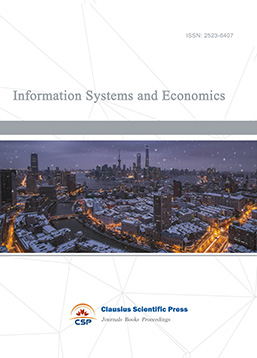
-
Accounting, Auditing and Finance
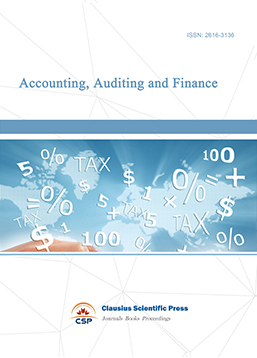
-
Tourism Management and Technology Economy
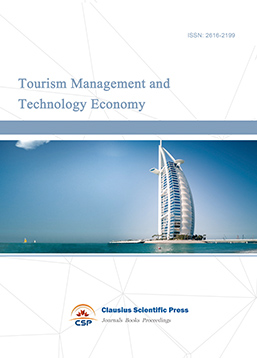
-
Journal of Computational and Financial Econometrics
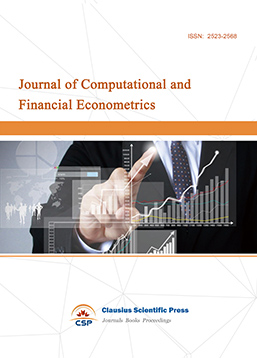
-
Financial Engineering and Risk Management
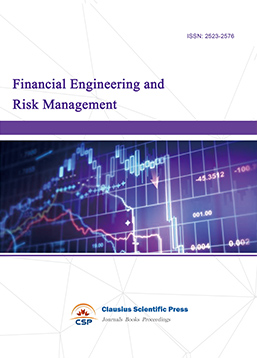
-
Accounting and Corporate Management

-
Social Security and Administration Management

-
Population, Resources & Environmental Economics
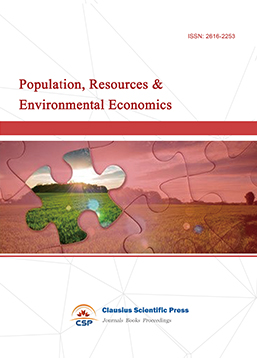
-
Statistics & Quantitative Economics
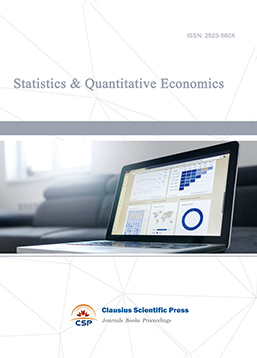
-
Agricultural & Forestry Economics and Management
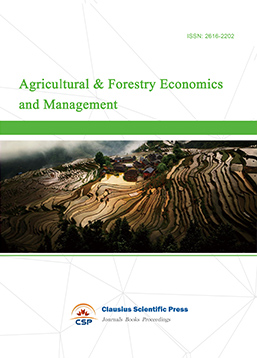
-
Social Medicine and Health Management
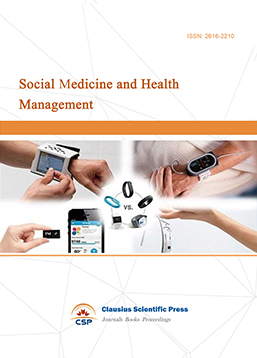
-
Land Resource Management
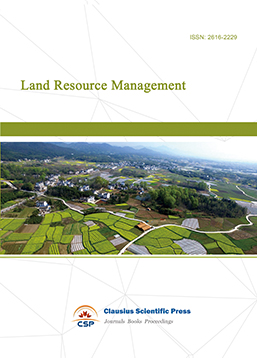
-
Information, Library and Archival Science
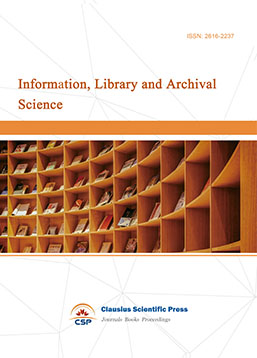
-
Journal of Human Resource Development

-
Manufacturing and Service Operations Management
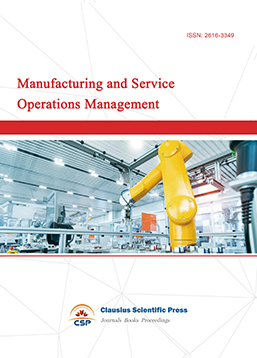
-
Operational Research and Cybernetics
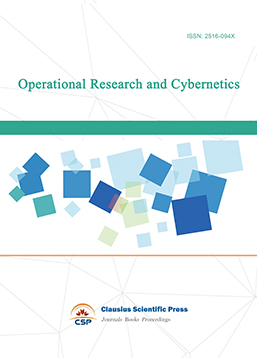

 Download as PDF
Download as PDF